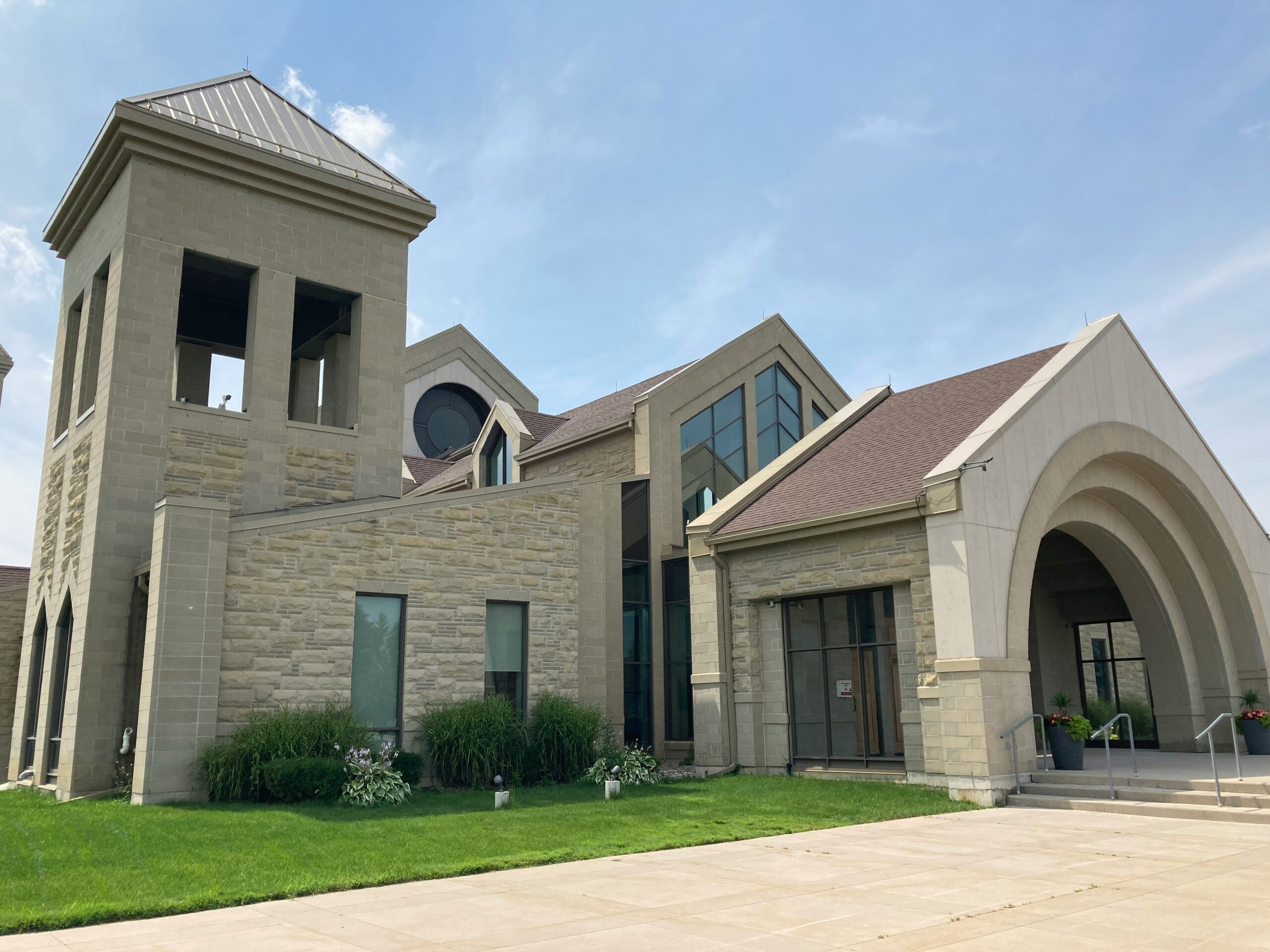Religious architecture not only reflects faith and cultural identity but it also serves as one of the most visually spectacular architectural landmarks in any civilization. From towering cathedrals and resplendent mosques to serene temples, these structures are not merely places of worship; they also embody history and artistic traditions, each presenting a distinct story of faith and religion. By exploring the architectural styles of these sacred spaces, we can learn about the many ways individuals engage with the divine.
Churches: A Divine Presence
As places of worship for Christians, Churches’ architectural styles vary widely across denominations. Each known cathedral, such as Gothic cathedrals, Orthodox churches, and Romanesque churches, has its distinctive styles influenced by historical and regional factors.
Gothic cathedrals are known for their pointed arches, soaring spires, stained-glass windows and ribbed vaults. They also use the light to narrate biblical stories and evoke a divine presence. The most iconic example of a famous Gothic cathedral is Notre Dame in Paris.
In contrast, Orthodox churches often feature domes that symbolize the heavens, such as the Hagia Sophia, which blends Byzantine and Islamic architectural elements in their architectural styles.
Romanesque churches are another significant architectural style characterized by their massive stone walls and rounded arches. They often incorporate sculptural reliefs as storytelling elements in their architecture.
Mosques: Geometric and Serene Design
The sacred place of worship for Muslims is the Mosque. It is characterized by distinct architectural styles, such as the precision of geometric and serene designs.
One of the functions of Mosque is to recite the Adhan or call to prayer, which Muslims do five times a day. Therefore, Minarets, tall towers, are prominent elements in Mosque architecture.
Since all Muslims must face the qibla or Ka’Bah in Mecca, a mosque needs a focal point that indicates the right direction. This is called the Mihrab, or the qibla wall.
Islamic architecture is typically adorned with intricate geometric patterns and prioritizes symmetry, calligraphy, and arabesque designs, which reflect Islamic art and culture. Human or animal depictions are also prohibited.
The most famous mosques in the world are Al Masjid An Nabawi in Medina and Masjid Al-Haram in Mecca, where Ka’ba is located. Every year, millions of pilgrims from all over the globe visit these two mosques.
Temples: Intricate Geometry and Symbolism
Temples can be sacred places for many religions, such as Hindus, Buddhists, and others; the architecture of these temples can be greatly affected by their religion.
Hindu temples, for instance, are often elaborately carved structures that follow Vastu Shastra with multiple shrines, or mandapas, dedicated to different deities. Meanwhile, garbhagriha–or sanctum sanctorum–is the most sacred part of the temple and the gopuram (gateway tower) is the most ornate part. Temples like the Brihadeeswarar in Tamil Nadu, India demonstrate the precision and grandeur of ancient Indian architecture.
On the other hand, Buddhist temples are usually simple structures or complex architectural complexes, such as pagodas and stupas which emphasize tranquility and meditation. These structures often incorporate elements of nature, such as mountains and water, symbolizing the interconnectedness of all things. Gilded and enshrining sacred relics, the Shwedagon Pagoda in Myanmar is an awe-inspiring example. Their symmetry and alignment with natural elements symbolize balance and enlightenment.
Synagogues: A Place of Gathering and Study
Synagogues are spaces consecrated for Jews to accommodate communal prayer, religious study, assembly, and Torah reading. Usually, they read and discussed the Torah on a raised platform called the Bimah, which is a focal point of the synagogue. Synagogues often feature stained-glass windows depicting biblical scenes or Jewish symbols. The interior of a synagogue is often adorned with intricate carvings, mosaics, and other decorative elements, reflecting Jewish art and culture.
Despite their differences, places of worship share universal themes: they aim to inspire awe, provide a sanctuary, and act as a focal point for the community. Architectural comparisons of these sacred spaces reveal the unity within diversity, we can appreciate the rich diversity of human culture and the enduring power of faith.














